(Repost of a June 2023, post on the College & Career Pathways Blog.)
June 30, 2023 | By Miya Warner & Kyra Caspary

Thinking critically, working collaboratively, communicating effectively, learning how to learn—these are the types of deeper learning competencies that students will need to master to be successful in the rapidly evolving future of work and citizenship. Unfortunately, too few of our nation’s students are receiving the types of learning opportunities that will support them to master these competencies, and students from historically underserved communities continue to have the least access.1
How do we remedy these inequities? How can we scale instructional “proof points” to the entire system? These are the questions the William and Flora Hewlett Foundation set out to answer with their Deeper Learning + Diffusion and Scaled Impact (DL+D) initiative, which funded 10 research-practitioner partnerships (RPPs) across the United States. Each RPP worked to equitably scale a deeper learning practice of their own choosing, with the mandate to move from 15% to 80% of educators who adopt an innovation in 3 years.
The COVID-19 pandemic, which unfolded in the middle of the DL+D initiative, delayed implementation and challenged data collection for many of the RPPs. The RPPs also confronted more typical challenges to educational reform efforts, such as leadership turnover, district politics, and entrenched norms that hold the status quo in place. Despite (and in some cases because of) these challenges, the RPPs learned important lessons about how to equitably scale deeper learning practices in school districts.
Lessons from the DL+D Initiative
Drawing on a review of RPP documents and interviews with the researchers, practitioners, and technical assistance providers who comprised the RPP teams, we distilled six key lessons learned from across the initiative (Exhibit 1). A theme that runs throughout the lessons learned is the importance of aligning expectations and messaging both vertically (e.g., at district, school, and classroom levels) and horizontally (e.g., across multiple departments within school districts).
Exhibit 1. Lessons learned
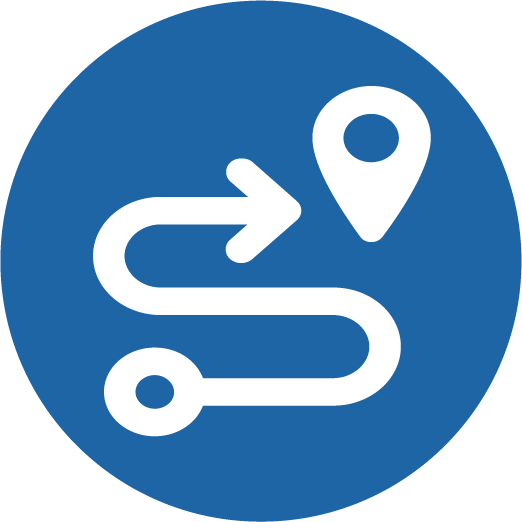
|
Lesson 1: Begin with a clear vision for equity and prioritize it during all stages of the work |
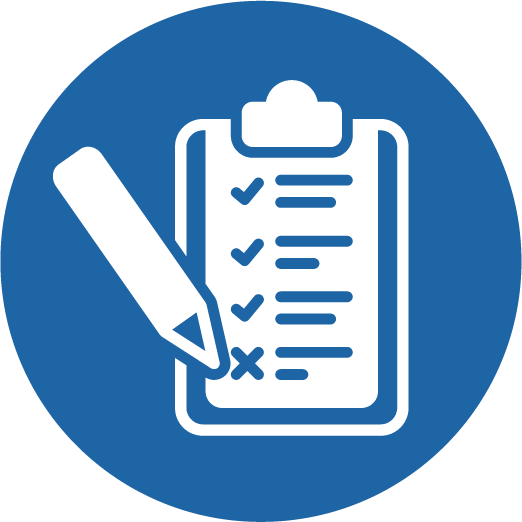
|
Lesson 2: Take an honest assessment of your district’s norms and culture |
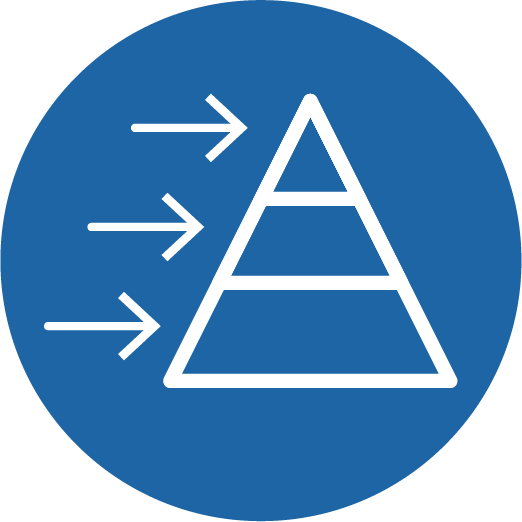
|
Lesson 3: Invest in all levels of the system |
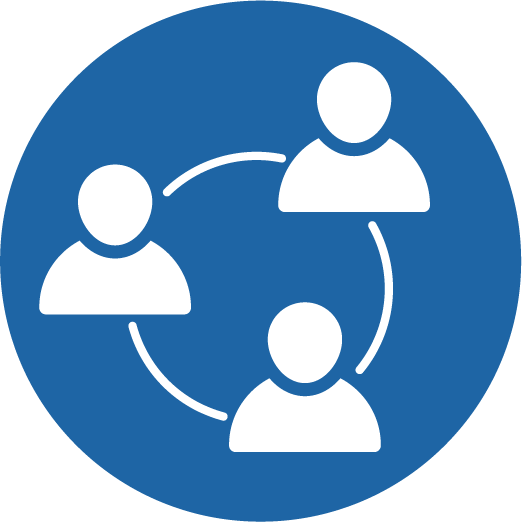
|
Lesson 4: Engage multiple departments to ensure coherence and sustainability |
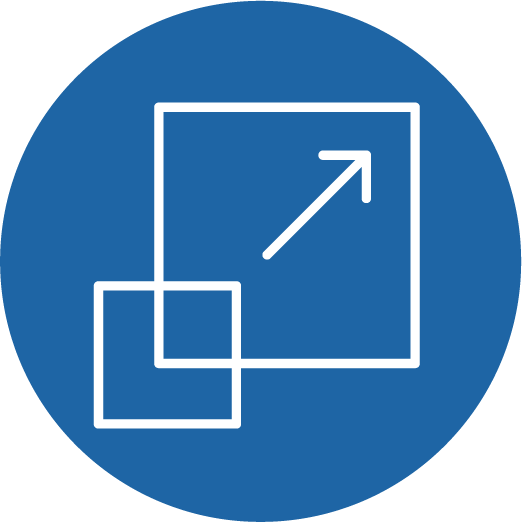
|
Lesson 5: Tailor your scaling strategy to the power dynamics in your district |
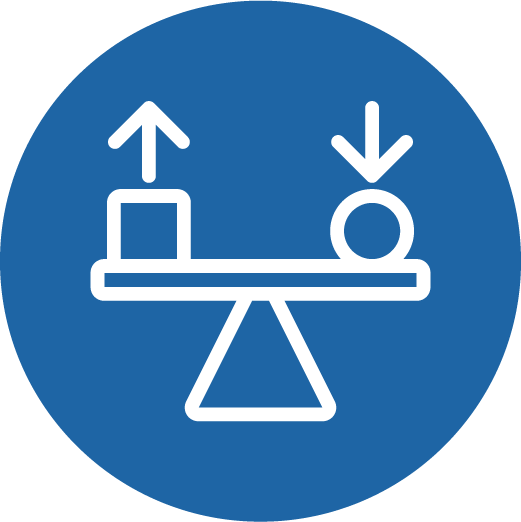
|
Lesson 6: Balance instructional guidance with professional autonomy |
This vertical and horizontal coherence is critical to any effort that requires teachers to make substantial shifts to their instructional practice. A member of one RPP explained, “When [the deeper learning practice appears] like a messy type of learning, teachers don’t feel as confident or as in control of it, and people walk in, I think [teachers] are like, ‘Oh, they’re going to think I’m a bad teacher.’”
To combat this fear, RPPs learned they needed to reassure teachers that this type of teaching is aligned to both their school leaders’ expectations and the district’s system for evaluating teachers. This lesson is consistent with the literature, which suggests it is critical for teachers to receive coherent messaging from each component of the “instructional guidance infrastructure,” which includes standards, pacing guides, materials, assessments, systems of teacher support and evaluation, and coaching.2
Communication between district and school staff was also key to ensuring that scaling was equitable. Several RPPs found that district norms were different for higher and lower performing schools. For example, in one district partnering with an RPP, the lower performing schools, which served higher proportions of students from low-income households and from racial and ethnic minority groups, were subject to different accountability structures and did not feel free to engage in innovative work. This RPP learned that if they asked for volunteers without directly addressing these inequitable norms, they would end up with only higher performing schools participating. As a strategy for shifting these differential norms, several RPPs focused on changing measurement and accountability systems to align with deeper learning competencies. Another district embedded these competencies in core district policies, including the district strategic plan and portrait of a graduate.
More information about these lessons learned, including concrete examples from the participating RPPs, can be found in a new research brief from the SRI evaluation team, Scaling Deeper Learning for Equity: Lessons Learned from the Deeper Learning + Diffusion and Scaled Impact Initiative.
TNTP. (2018). The Opportunity Myth: What Students Can Show Us About How School Is Letting Them Down—and How to Fix It. https://tntp.org/assets/documents/TNTP_The-Opportunity-Myth_Web.pdf
2 Hopkins, M., & Spillane, J. P. (2015). Conceptualizing relations between instructional guidance infrastructure (IGI) and teachers’ beliefs about mathematics instruction: Regulative, normative, and cultural-cognitive considerations. Journal of Educational Change, 16(4), 421–450. https://doi.org/10.1007/s10833-015-9257-1
Cobb, P., Jackson, K., Henrick, E., & Smith, T. M. (2018). Systems for instructional improvement: Creating coherence from the classroom to the district office. Cambridge, MA: Harvard Education Press.
